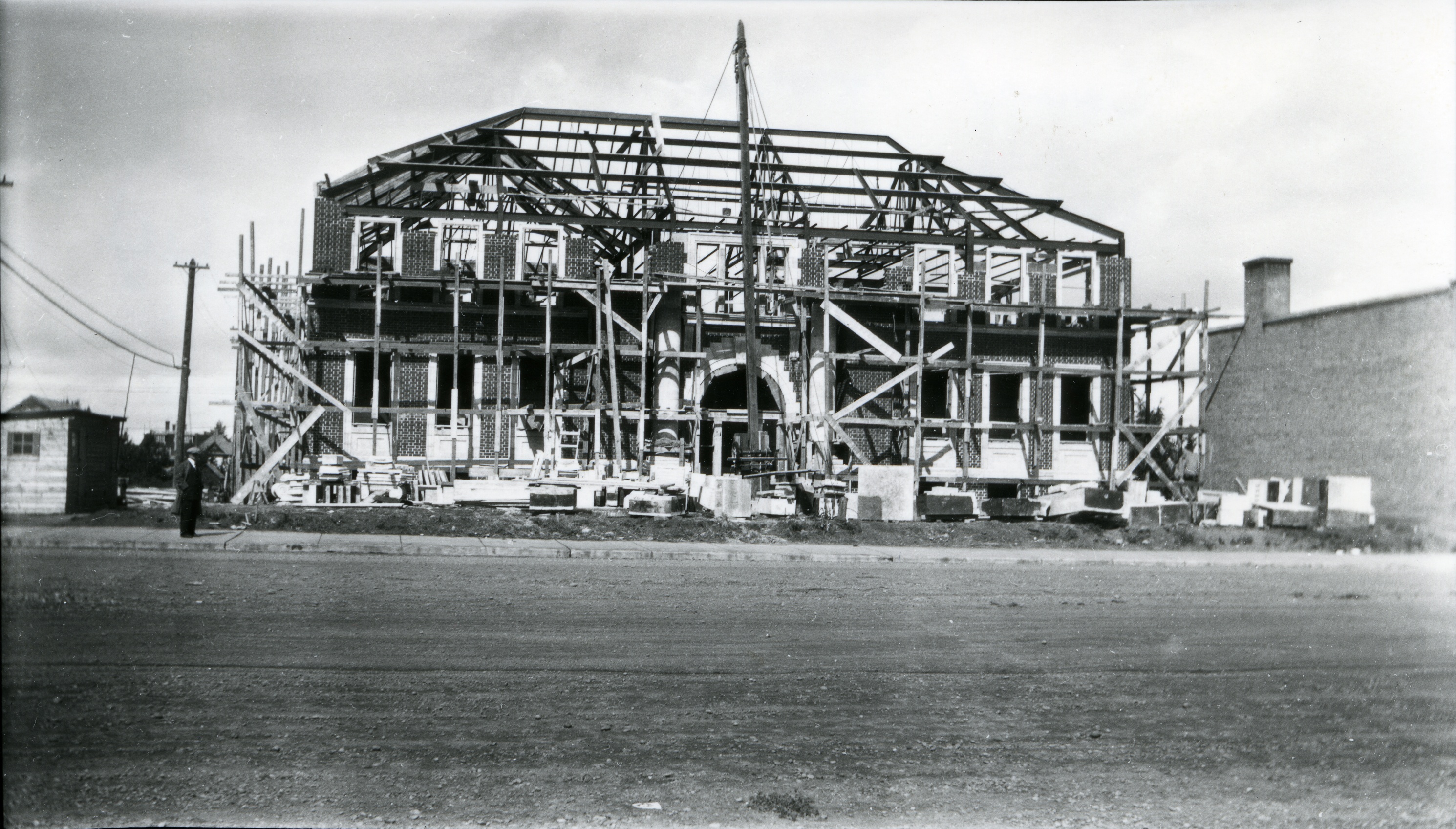On March 30th, 2017, Premier Rachel Notley and Justice Minister Kathleen Ganley came to Red Deer to announce further details on a new $97 million Justice Centre for Red Deer. While many, particularly those in the local legal and judicial community, welcomed the announcements, it is another chapter in a long and often controversial history of court houses in Red Deer.
In 1904, the federal government began the construction of the first court house building in Red Deer.
Unfortunately, the project was beset by all kinds of construction problems. The facility did not officially open until March 1906.
By this time, the Province of Alberta had been officially created.
With the administration of justice a provincial responsibility, arrangements were made for the provincial government to lease a portion of the building for court facilities.
However, in 1915, the federal government decided to turn the Dominion Lands Office/Court House building into a post office for Red Deer.
The province was consequently forced to look for new space.
In 1916, a lease was signed on an old blue jean factory on the northeast corner of 51 St. and 49 Ave.
The ground floor was used for court offices, with the court room on the second floor.
However, the new facility was not really adequate for the needs of the community.
Nevertheless, almost 15 years would pass before the provincial government began to seriously consider the construction of a proper new court house.
The need for the building had been evident for years. However, it was the onset of the Great Depression that created some urgency for the government to finally act.
Unemployment was rising dramatically. The provincial government was facing a tough battle for re-election in 1930. Major capital projects are a time-tested means of both providing new jobs and securing votes. Hence, the government decided that quickly proceeding with the court house project would be a great way to help ensure the re-election of Red Deer’s MLA, George Wilbert Smith.
As soon as the government made the official announcement of the planned new court house, an intense amount of wrangling and political debate ensued over where the new structure should be located.
Since 1907, the provincial government had owned a large parcel of land on Ross Street, east of 47 Ave. as the future site for a court house. However, many felt that this was too far from the downtown core.
City council agreed to swap the east parcel of land for four lots on the north side of Ross Street, half-way between 48 and 49 Avenues.
The provincial government countered that they felt that the new proposed site was too small and too close to the Alberta Government Telephones exchange building.
A suggestion was then made that the court house be built on 48 Ave. east of the site of the current City Hall. There was a huge public outcry as many felt that the site was too low and too hidden from the view of the main business district.
The provincial government did not want to create any additional political liabilities.
However, it also wanted to get the project underway before the election started. A request was then made to build the new court house on the City Square (now City Hall Park). City council quickly refused as the City Square was for municipal purposes only.
Finally, Premier John Brownlee made a special visit to Red Deer to resolve the dispute.
After considerable negotiations, yet another site, on the northeast corner of Ross Street and 49 Ave. was chosen. This location was both close to the central downtown core and was also very visible from the City Square.
The construction contracts were let in early May and work commenced by the beginning of June.
The provincial election was held on June 18th, 1930. George Wilbert Smith was re-elected, albeit with a somewhat reduced majority.
John Brownlee and the U.F.A. government were also re-elected, despite attempts to create a new provincial political coalition dedicated to the defeat of the incumbent government.
The official opening of Red Deer’s grand new court house took place on March 6th, 1931.
To be continued.



